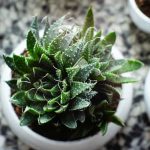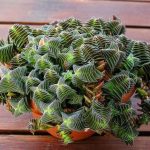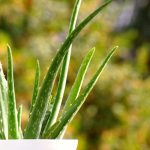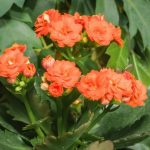If you’re seeking a low-maintenance addition to your indoor garden or succulent collection, ‘Minnie Belle’ aloe presents a charming choice. As part of the aloe genus, this petite plant stands out with its spiky leaves adorned with white speckles and vibrant red bell-shaped flowers during the summer months. Whether you’re a novice or seasoned gardener, ‘Minnie Belle’ is a delightful species to nurture.
When compared to its more well-known aloe counterparts used for skincare, ‘Minnie Belle’ aloe distinguishes itself with its distinct appearances and easy-care nature. With minimal requirements and a sleek appearance, ‘Minnie Belle’ is an excellent introductory plant for beginners.
Plant Overview
| Attribute | Details |
|---|---|
| Plant Type | Succulent |
| Family | Asphodelaceae |
| Genus | Aloe |
| Species | ‘Minnie Belle’ |
| Native Area | N/A |
| Hardiness Zone | 9-11 |
| Season | Year-round, blooms in summer |
| Exposure | Full sun to partial shade |
| Plant Spacing | 12-15” |
| Planting Depth | To the crown |
| Height | 6-12” |
| Watering Requirements | Low |
| Pests | Mealybugs |
| Diseases | Crown and root rot |
| Soil Type | Cactus blend |
| Attracts | Hummingbirds |
| Plant With | Echeveria, lithops, aloe |
| Bloom Time | Late spring to summer |
Plant History
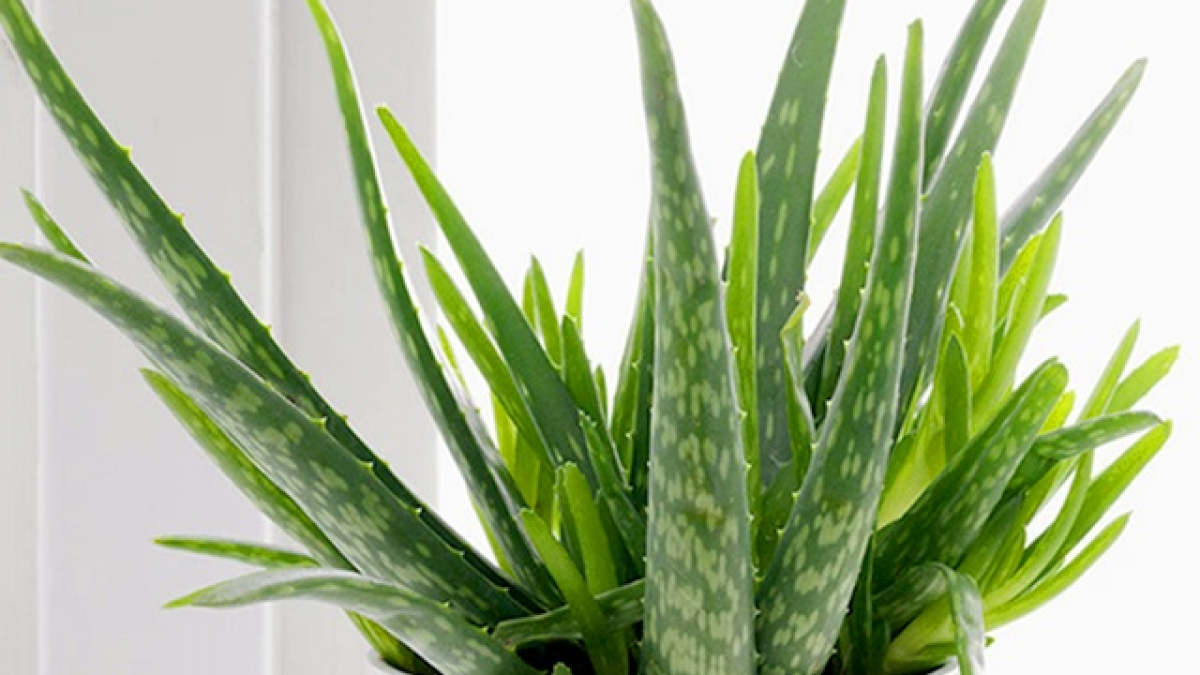
Cultivation
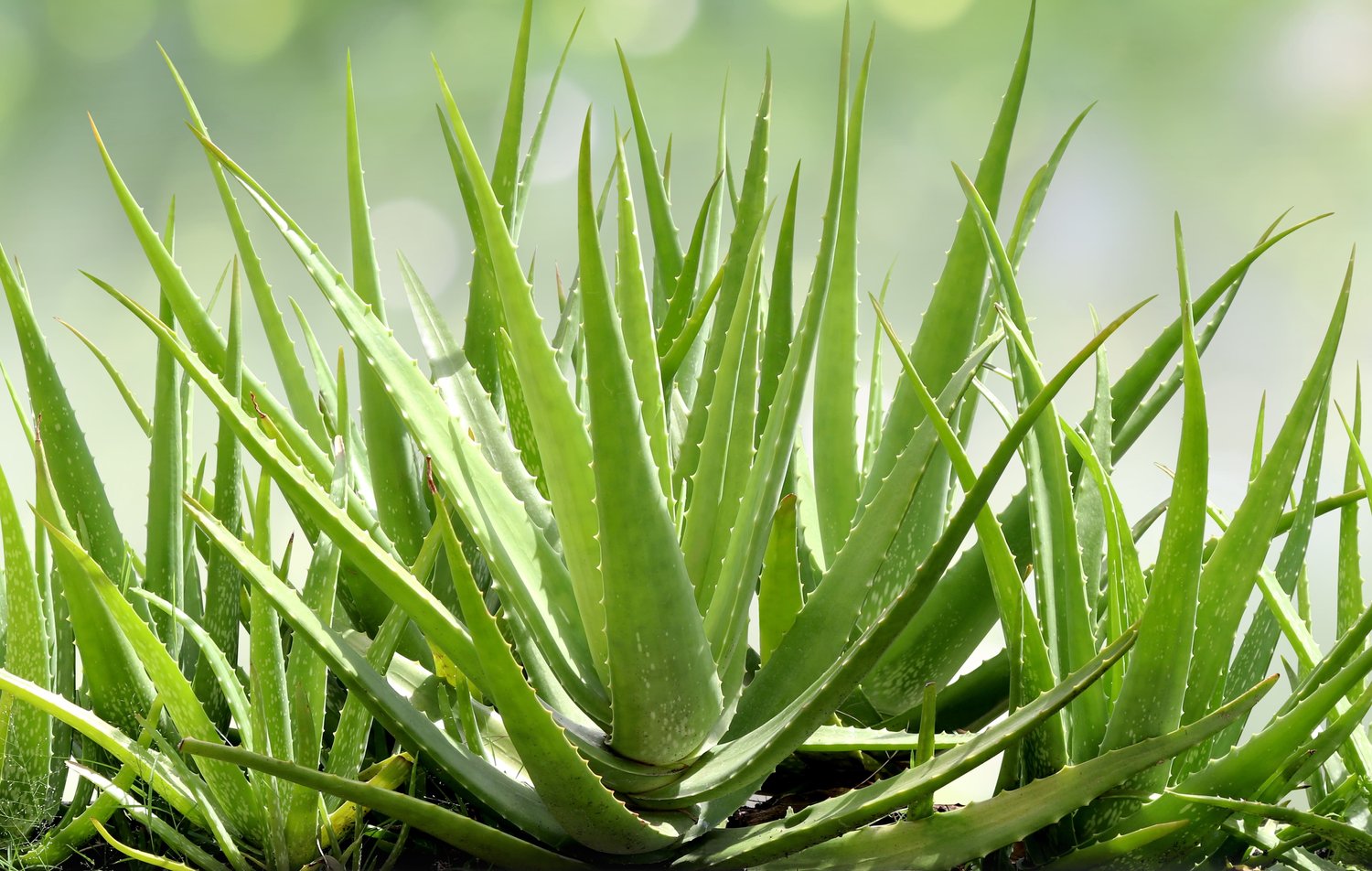
Aloe varieties are often a product of mixing and hybridizing different species, resulting in new hybrids.
Propagation
If your aloe plant consists of a single clump or ‘rosette,’ propagation is done through a stem cutting. Take a leaf cutting from the base of the plant, allow it to dry, dip it in rooting hormone, and plant it in moist soil.
Regarding pups, they can be separated from the main plant, planted in a suitable soil mix, and kept moist until roots develop.
Planting
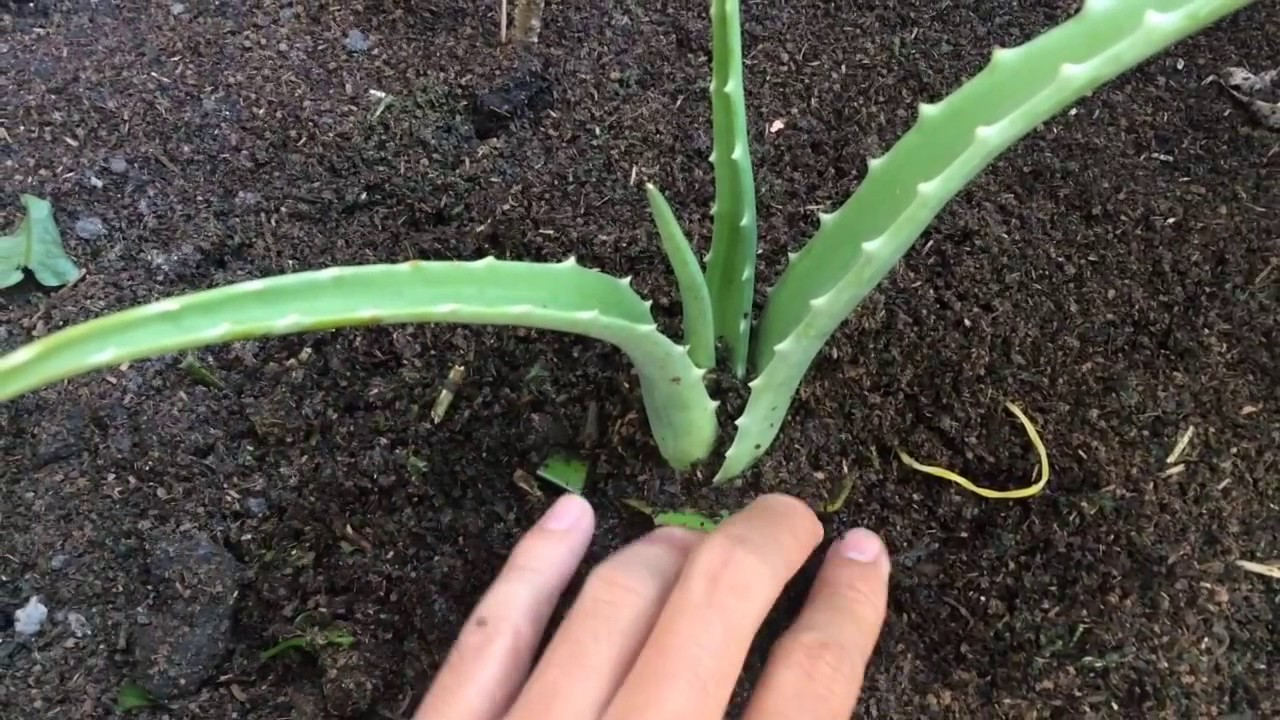
‘Minnie Belle’ Aloe is simple to plant. Take it out of its pot and plant it in a cactus blend soil mix. Loosen up the roots and soil around the plant to get rid of the container shape it had before.
Plant your aloe up to the crown level. If you are switching pots, check that the pot has drainage holes to allow excess water to escape.
How to Grow
To thrive, these charming plants need the perfect conditions. Let’s explore what those conditions involve.
Sunlight Requirements
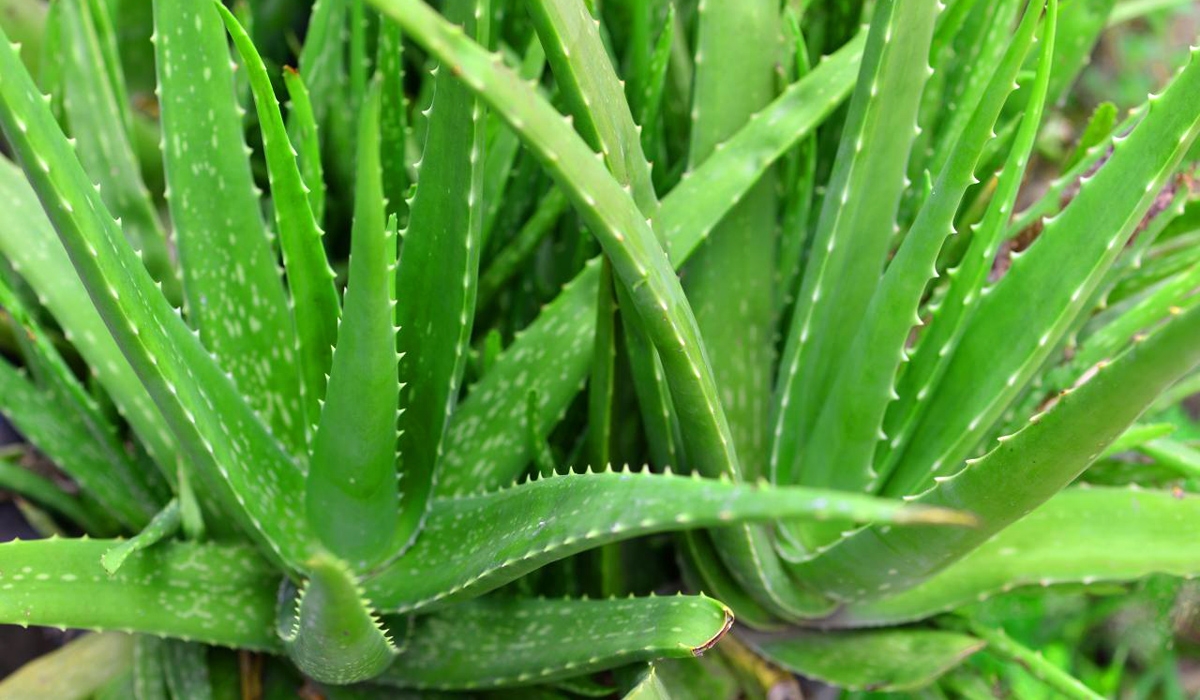
You might assume ‘Minnie Belle’ thrives in direct hot sun being a succulent, but that’s not the case. Excess sun can actually harm your plant.
Bright, indirect sunlight is optimal. Similar to aloe vera, giving at least six hours of bright, indirect sunlight will keep your ‘Minnie Belle’ thriving. For aloe leaves with blushing tips, consider more sunlight. This type of sunlight stresses the plant, resulting in coppery tips on the aloe leaves.
If your aloe lacks sunlight, it will appear weak and elongated, growing towards the light source.
Soil Requirements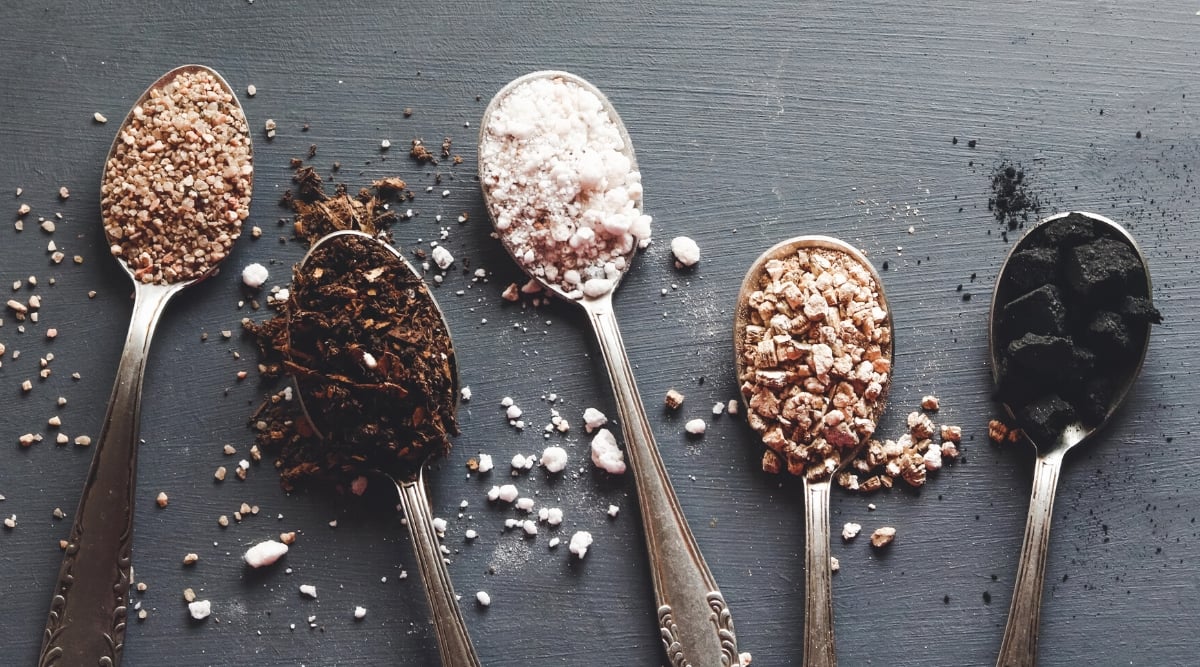
For ideal growth, aloe requires extremely loose and well-drained soil. A cactus blend, which is loose and sandy, allows for proper drainage, making it the best choice for your aloe.
Creating optimal conditions for aloe cultivation involves blending quality potting soil with sand and perlite or pumice in specific proportions. This mixture results in a coarse, loose soil perfect for nurturing aloe plants.
Water Requirements
To prevent overwatering, it’s crucial to choose well-draining soil and containers with ample drainage holes. A sandy cactus mix is ideal for aloe plants. When watering, thoroughly soak the soil and allow it to dry completely before watering again.
Climate and Temperature Requirements
Certain aloe species, like ‘Minnie Belle,’ thrive in warm, dry environments and are intolerant of frost and high humidity. These plants are best suited for zones 9-11 and make fantastic indoor specimens with the right conditions.
Fertilizer
Fertilizing aloe plants sparingly is recommended to prevent nutrient overload. Consider repotting as the plant grows to naturally replenish nutrients in fresh soil. This approach helps maintain the health and vigor of your aloe without the risk of overfertilization.For optimal fertilization, consider using a cactus formulated fertilizer diluted to half-strength. Adhere to the instructions on the label for appropriate fertilizing frequency, generally once every three months.
Maintenance
The care needed for these succulents is minimal. As they grow, you might have to consider repotting and dividing them.
During summer, aloes can bloom. Once blooming finishes, trim off the flower along the stem.
Design
Aloes, like ‘Minnie Belle,’ make wonderful houseplants. Place them in decorative pots ensuring proper drainage to prevent water stagnation.
They also pair well with other cacti species in mixed containers. Try combining echeverias, lithops, and cacti in a large container filled with decorative rocks and sand.
In regions with desert-like climates, aloes can thrive outdoors in window boxes or small planters. Their red bell-shaped flowers attract hummingbirds. For colder areas, keep them in containers and move indoors during chilly periods.
Pests and Diseases
While ‘Minnie Belle’ aloes are generally trouble-free in ideal conditions, they can still encounter issues. Here are some common pests and diseases to watch out for.
Mealybugs
Dealing with mealybugs can be challenging. These white, oval-shaped bugs feed on plant sap and can quickly spread to other plants.
At the plant’s nooks and crannies, one can spot mealybugs climbing about and exuding honeydew, which, if left untreated, can lead to severe damage. Mealybugs, known for sapping the vitality of aloes, pose a risk of spreading to other plants. To combat these pests on the petite ‘Minnie Belle’ aloes, a vigilant eye and a cotton swab dipped in rubbing alcohol can help keep them at bay until the infestation wanes.
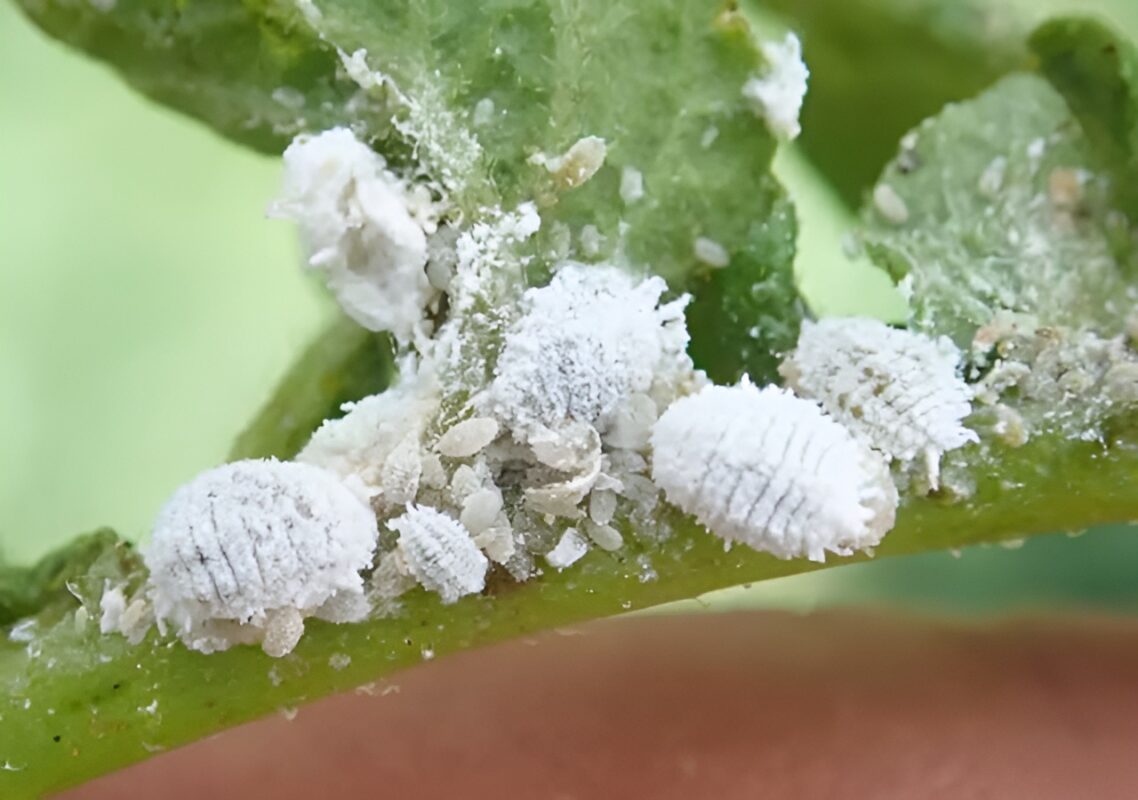
Another peril that looms over aloe plants is root and crown rot, brought on by fungal growth due to excessive watering. To prevent this, space out watering sessions and ensure proper drainage in the container to prevent water accumulation around the roots.
Should you detect mushy foliage, a halt in watering is crucial. Salvaging a plant affected by root rot might be too late, in which case taking a stem cutting and propagating a new plant could be the best option.
In terms of appearance, ‘Minnie Belle’ aloes are distinct with their spiky and mottled leaves, making them a charming addition to any plant collection. Their care requirements are straightforward, making them suitable for both novice and seasoned plant enthusiasts alike. Whether showcased individually in a container or part of a mixed cactus garden, ‘Minnie Belle’ aloes bring a touch of whimsy to any indoor garden space.
Root and Crown Rot
A close-up image of an aloe vera leaf, showing a brown split at the base, reveals root rot. The leaf appears wrinkled and discolored with dark brown patches and a soft, mushy texture. Emerging from a clay pot, this once vibrant aloe leaf now shows the signs of root rot.
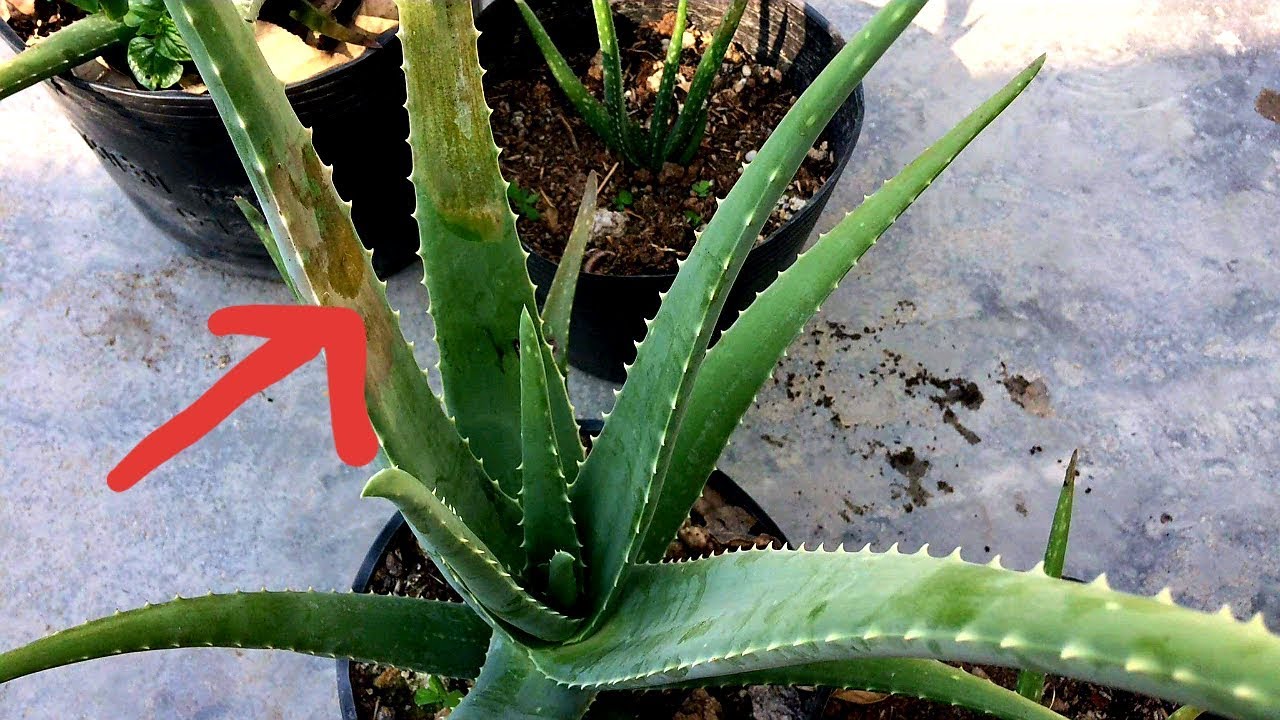
To prevent crown and root rot, let the soil dry out between waterings. These issues are caused by fungal growth triggered by overwatering. Ensure your plant’s soil dries out between waterings, and make sure your container has proper drainage to avoid waterlogged roots.
If you observe mushy leaves and stems, halt watering immediately. If the plant is already brown and mushy, it might be too late to save it. In that case, take a stem cutting and propagate a new plant (refer to the propagation section above).
Final Thoughts
‘Minnie Belle’ aloe is a delightful and quirky addition to any plant collection. With its spiky and spotted foliage, it stands out from other species. It looks fantastic on its own in a container or as part of mixed cactus gardens. This aloe is easy to care for and is a great choice for both new and experienced houseplant enthusiasts.

